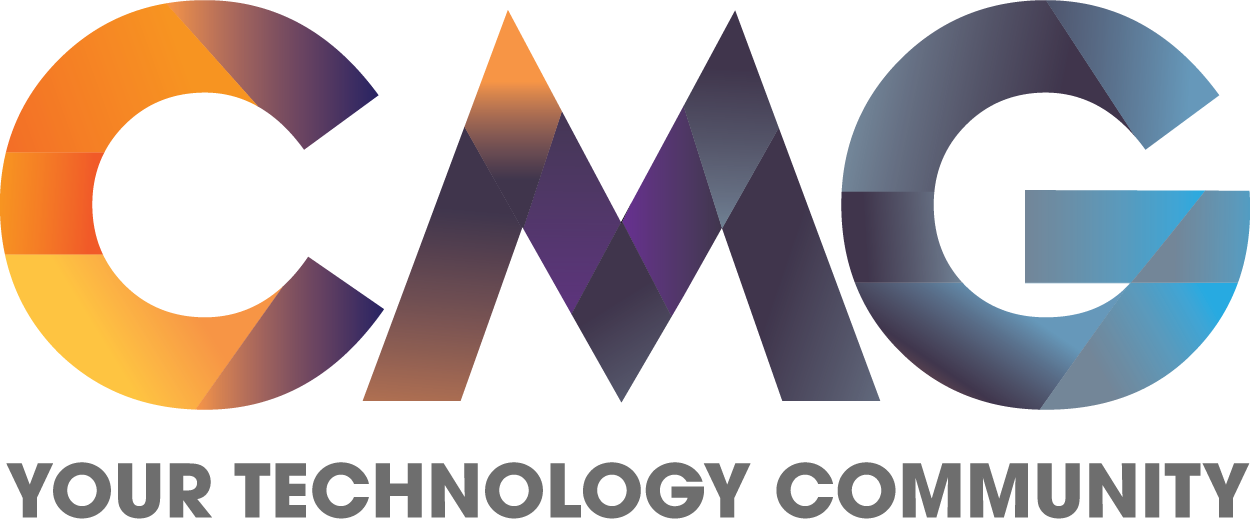GBCMG meets in various locations around the Boston area. The meetings consist of presentations on computer systems capacity, performance, and management issues in the mainframe and open-systems areas. Topics cover a broad range of subjects including systems, storage, networks and applications.
Fall 2017 Meeting
| Date and Time | Friday, September 22, 2017, 8:30am – 5:00pm | |||||||||||||||||||||||||||||
| Sponsors | Premier Sponsor:
|
|||||||||||||||||||||||||||||
| Location | 228 South Street, Hopkinton, MA (Classroom A&B near the cafeteria) | |||||||||||||||||||||||||||||
| Cost | $25 registration per person.
Click here to register |
|||||||||||||||||||||||||||||
| Directions | Exit 21b off I-495, right at the end of the ramp, left onto South Street (1st light if southbound on I-495, 2nd light if northbound on I-495; “228 South Street” has its own entrance off South Street. | |||||||||||||||||||||||||||||
| Parking | Use a visitors space in front of the building or park in any undesignated space further away from the building. | |||||||||||||||||||||||||||||
| Agenda | NOTE: Scroll down for abstracts of the presentations
Abstracts (1) Performance Management for Cloud Applications Cloud adoption rate continues to trend upward as providers mature towards offering more Hybrid solutions allowing organizations to keep one foot on the ground. Despite the abundance of providers and variety of offerings, organizations face significant challenges and require careful planning in moving towards Cloud solutions. (2) Benchmarking Machine Learning How to measure performance and scalability of key use cases: prediction and training from scratch, for Deep Learning frameworks: MATLAB, TensorFlow, MXNet, Caffe, and Theano. We will share performance metrics we obtained, and what we learned from this effort. (3) A framework for Capacity Analysis What are the essential steps of a Capacity Analysis? This is an introduction to the topic, focusing on the required elements. We begin with defining the purpose of the capacity study, analyze historical measurements, proceed to the ‘what-if’ phase, and report our results. (4) Dynatrace journey from monolithic application to Cloud native application Actual capacity study content is used to illustrate the principles described. (5) Can a robot read your performance reports? Deep learning and machine learning for Performance and Capacity Engineers We show how to apply deep learning and machine learning for performance performance testing, data analysis, and modeling.
|


